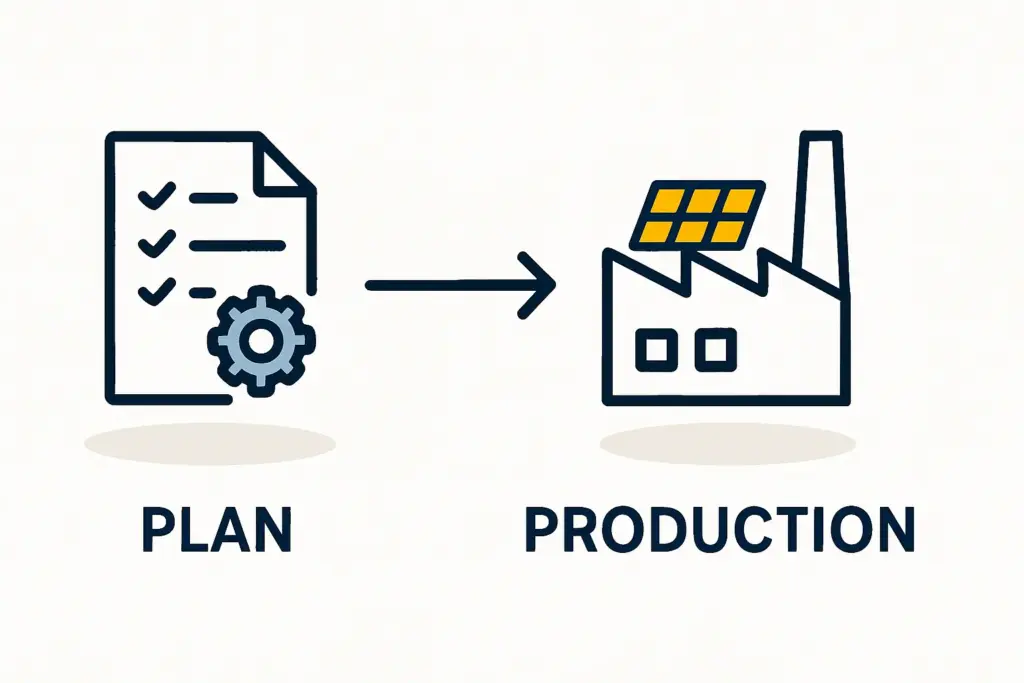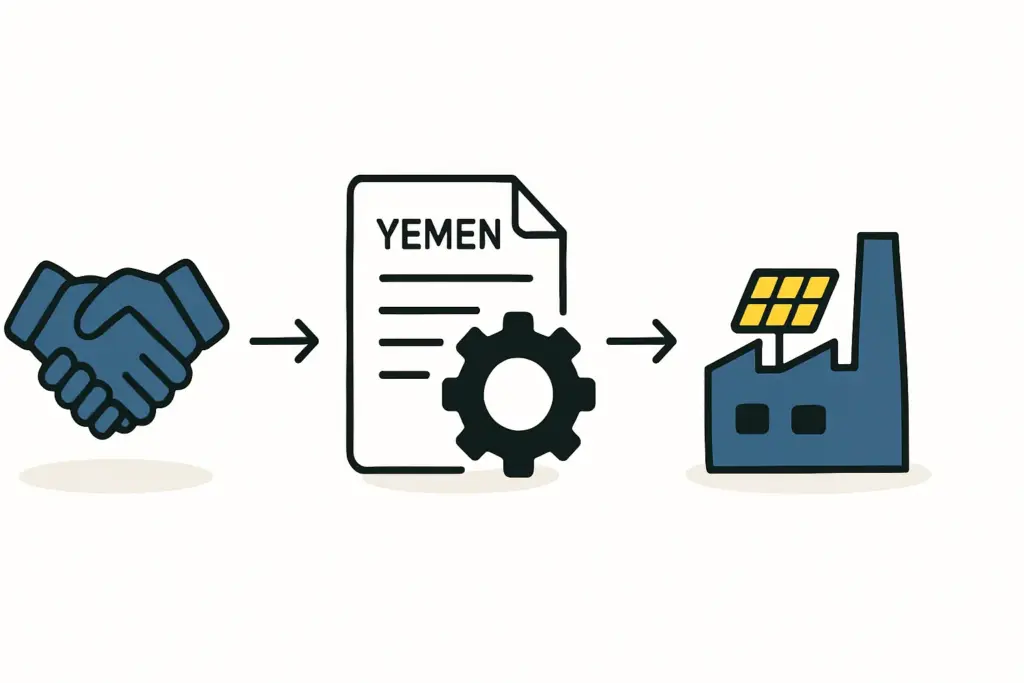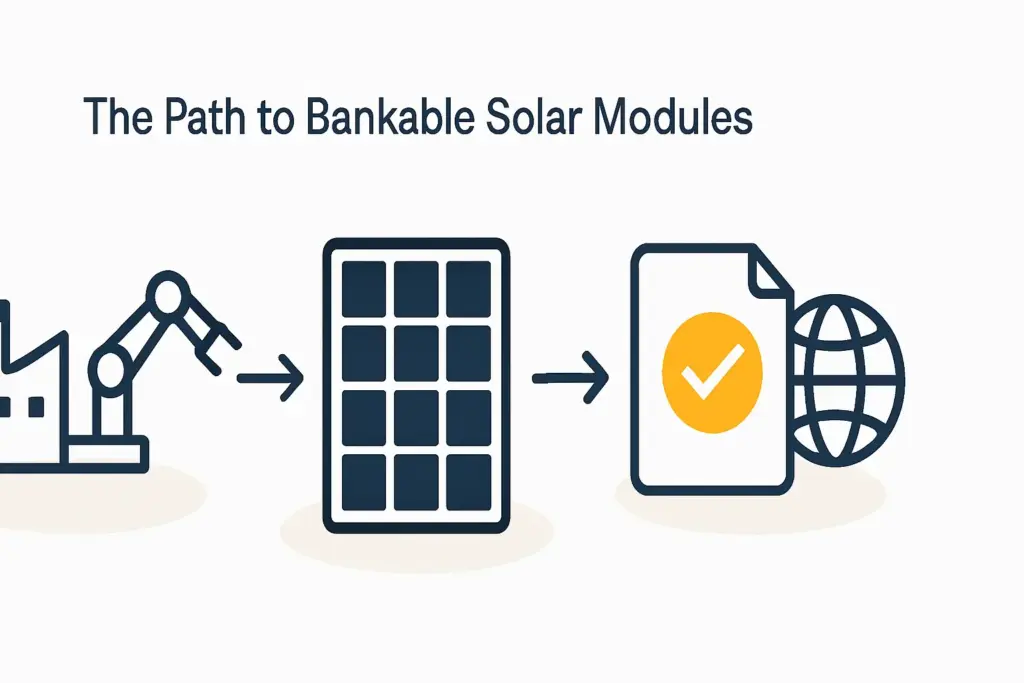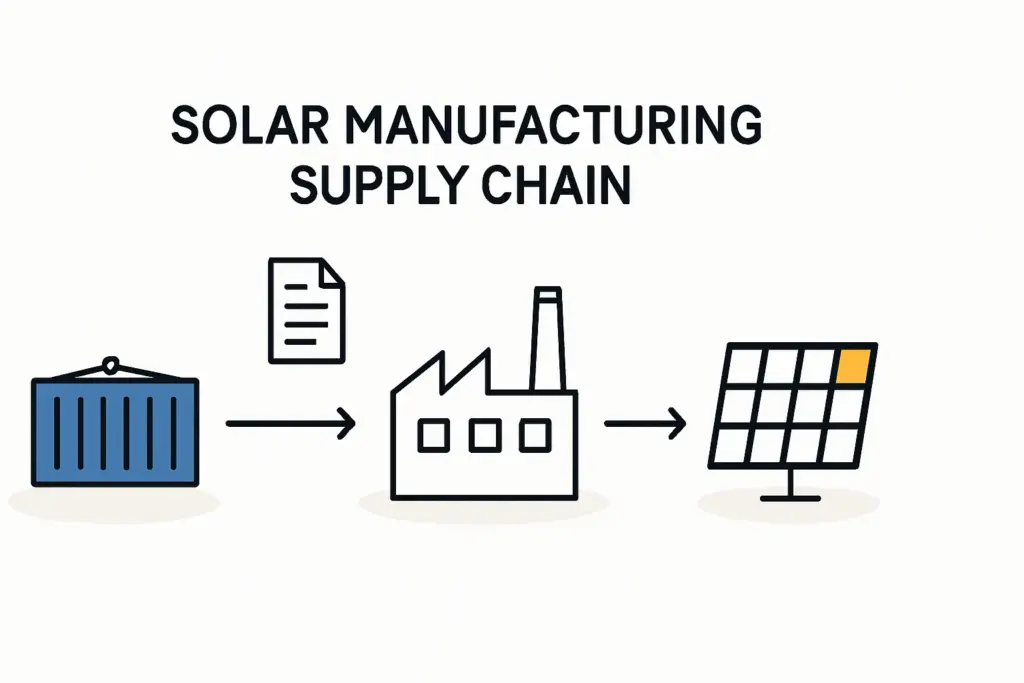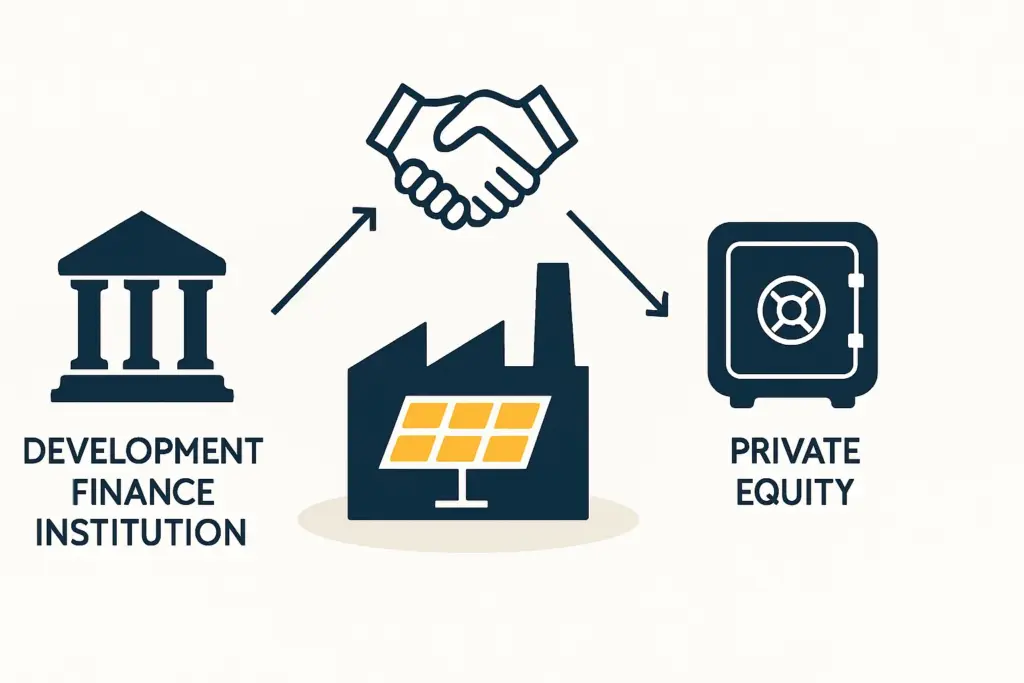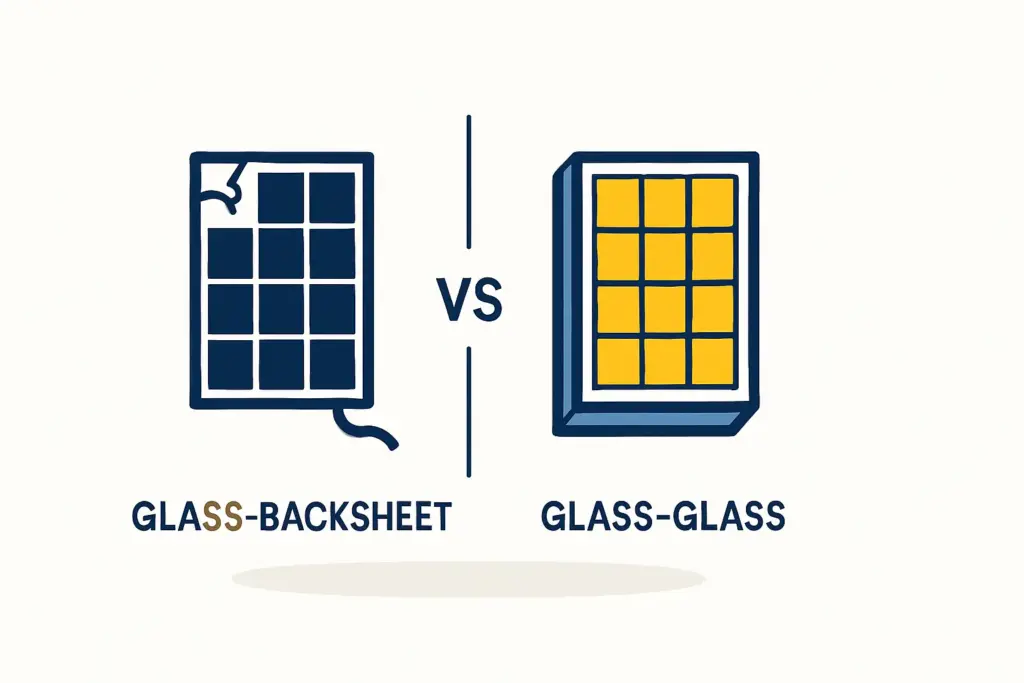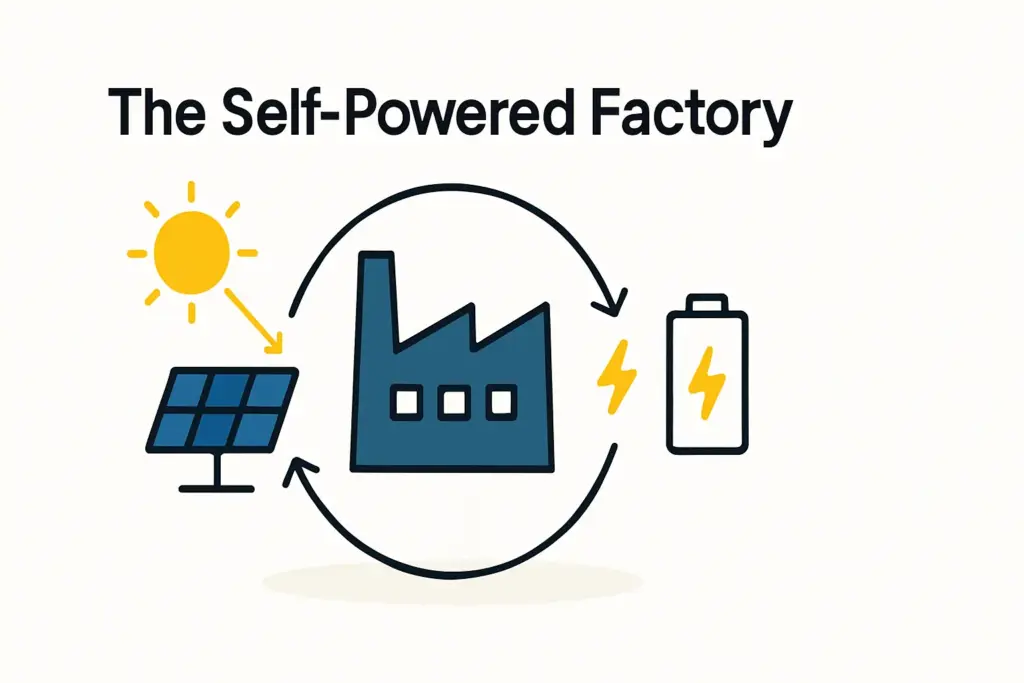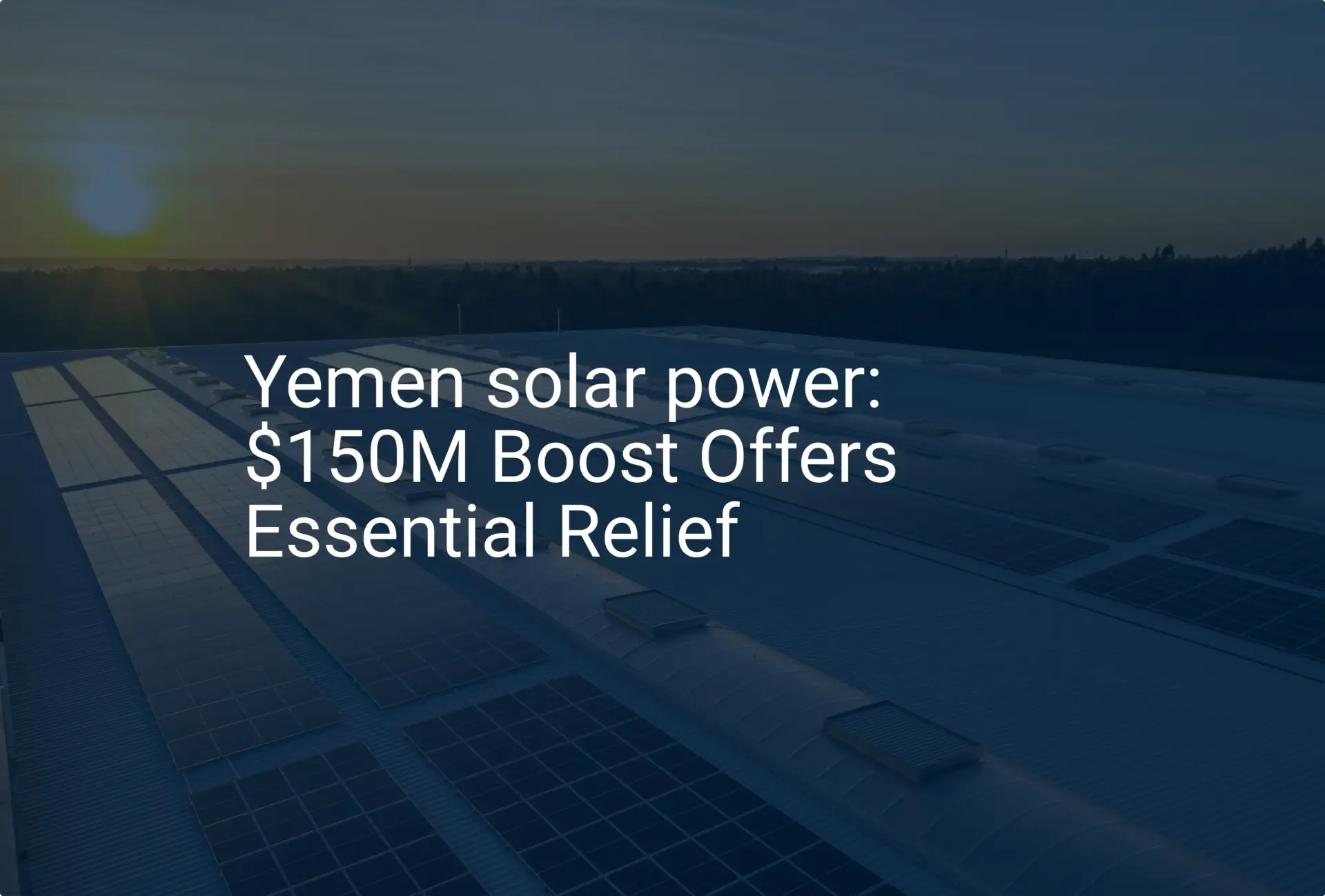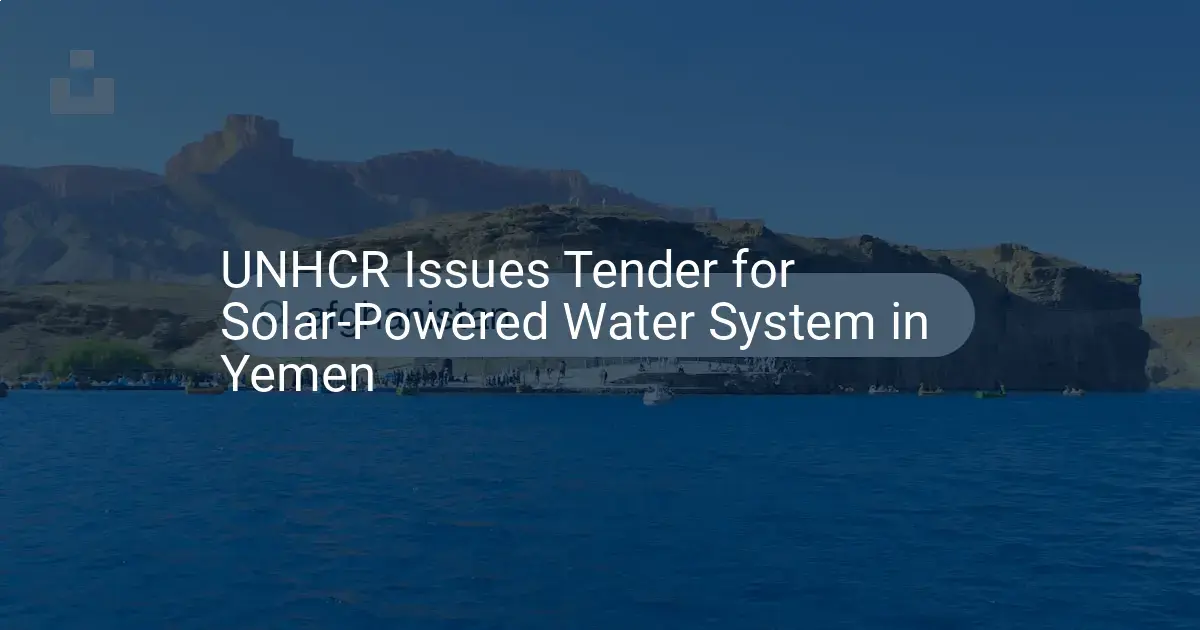Gain comprehensive insights into the statistics and metrics surrounding the solar production industry in Yemen
- Climate to travel (n.d). Climate in Yemen. Retrieved January 25, 2025, fromhttps://www.climatestotravel.com/climate/yemen
- IRENA (31 july 2024). Energy Profile Papau New Guinea. Retrieved February 7, 2025, from https://www.irena.org/-/media/Files/IRENA/Agency/Statistics/Statistical_Profiles/Middle-East/Yemen_Middle-East_RE_SP.pdf
- Sana’a Center (November 20, 2023). Blackouts and Blackholes: Yemen’s Vanishing Electricity Supply. Retrieved February 23, 2025, from https://sanaacenter.org/the-yemen-review/sept-oct-2023/21234
- Springer Nature Link (21 June 2022). A review of Yemen’s current energy situation, challenges, strategies, and prospects for using renewable energy systems. Retrieved February 23, 2025, from https://link.springer.com/article/10.1007/s11356-022-21369-6
- IRENA (2024), Renewable capacity statistics 2024. Retrieved February 23, 2025, from https://www.irena.org/-/media/Files/IRENA/Agency/Publication/2024/Mar/IRENA_RE_Capacity_Statistics_2024.pdf
- Technology Need Assessment (n.d). SOLAR PV AND WIND TURBINES IN YEMEN. Retrieved February 23, 2025, from https://tech-action.unepccc.org/wp-content/uploads/sites/2/2024/12/tna-policy-brief-mitigation-yemen-solar-and-wind.pdf
- Rethinking Yemen’s Economy (March 20, 2023). SCALING UP SOLAR ENERGY INVESTMENTS IN YEMEN. Retrieved February 23, 2025, from https://devchampions.org/uploads/publications/files/RYE_25_PolicyBrief_Scaling-up_Solar_Energy_Investments_in_Yemen_EN-1.pdf
- GEM Wiki (n.d). Category:Solar farms in Yemen. Retrieved February 23, 2025, from https://www.gem.wiki/Category:Solar_farms_in_Yemen
- World Bank Document (MARCH 2022). SOLAR SYSTEMS BRING LIGHT TO REMOTE AREAS OF YEMEN. Retrieved February 23, 2025, from https://documents1.worldbank.org/curated/en/244791646661592069/pdf/Solar-Systems-Bring-Light-to-Remote-Areas-of-Yemen.pdf
- TimeCamp (n.d). Average salary in Yemen . Retrieved February 23, 2025, from https://statistics.timecamp.com/average-salary/yemen/
- Worldometer. Yemen Population (LIVE). Retrieved February 23, 2025, from https://www.worldometers.info/world-population/yemen-population/
- Dynamic (n.d). Yemen Electricity Tariffs. Retrieved February 23, 2025, from http://www.dynamic-ews.com/Tariffs/Electricity%20Tariffs/Yemen.pdf
- NUMBEO (February, 2025). Cost of Living in Yemen. Retrieved February 23, 2025, from https://www.numbeo.com/cost-of-living/country_result.jsp?country=Yemen
- Database Earth (n.d). Electricity Generation of Yemen. Retrieved February 23, 2025, from https://database.earth/energy/electricity-generation/yemen
- Database Earth (n.d). Electricity Demand per Capita in Yemen. Retrieved February 23, 2025, from https://database.earth/energy/electricity-demand-per-capita/yemen
- AlNasr Solar. Homepage. Retrieved February 23, 2025, from https://alnasrsolar.com/en/solar-panels-en/
- Generis Global Legal Services (Dec 1, 2024). Navigating Import and Export Regulations in Yemen: A Comprehensive Guide for Traders. Retrieved February 23, 2025, from https://generisonline.com/navigating-import-and-export-regulations-in-yemen-a-comprehensive-guide-for-traders/
- Generis Global Legal Services (Dec 1, 2024). Understanding Environmental Regulations and Compliance in Yemen. Retrieved February 23, 2025, from https://generisonline.com/understanding-environmental-regulations-and-compliance-in-yemen/
- Generis Global Legal Services (Dec 1, 2024). Understanding Employee Rights and Employer Obligations in Yemen. Retrieved February 23, 2025, from https://generisonline.com/understanding-employee-rights-and-employer-obligations-in-yemen/
- Isolaralliance (n.d). Yemen. Retrieved February 23, 2025, from https://isolaralliance.org/images/flag%20pdf/Yemen.pdf
- Generis Global Legal Services (Dec 1, 2024). Tax Incentives and Subsidies for Foreign Investors in Yemen. Retrieved February 23, 2025, from https://generisonline.com/tax-incentives-and-subsidies-for-foreign-investors-in-yemen/
- GEM Wiki (8 February 2025). Aden solar farm. Retrieved February 23, 2025, from https://www.gem.wiki/Aden_solar_farm
- GEM Wiki (8 February 2025). Al-Hussein solar power plant. Retrieved February 23, 2025, from https://www.gem.wiki/Al-Hussein_solar_power_plant
- GEM Wiki (8 February 2025). FulkMukalla Yemen solar farm. Retrieved February 23, 2025, from https://www.gem.wiki/Fulk_Mukalla_Yemen_solar_farm
- GEM Wiki (7 February 2025). Yemen solar farm. Retrieved February 23, 2025, from https://www.gem.wiki/Yemen_solar_farm
- GEM Wiki (7 February 2025). Kitbah solar farm. Retrieved February 23, 2025, from https://www.gem.wiki/Kitbah_solar_farm
- ENF Solar (Homepage). Retrieved February 23, 2025, from https://www.enfsolar.com/directory/installer/Yemen
- ENF Solar (13 Sep 2024). Yemen Solar. Retrieved February 23, 2025, from https://www.enfsolar.com/yemen-solar?directory=installer&utm_source=ENF&utm_medium=Yemen&utm_content=91480&utm_campaign=profiles_installer
- Garallah Corporation for Solar Energy. About us. Retrieved February 23, 2025, from https://garallahsolar.com/about/





